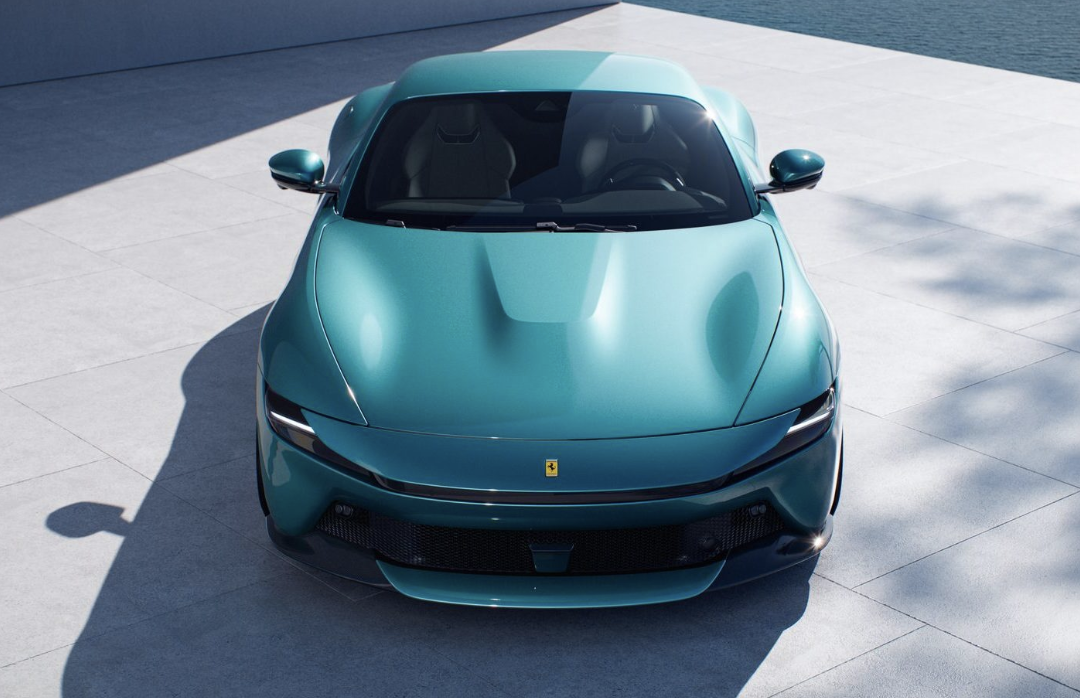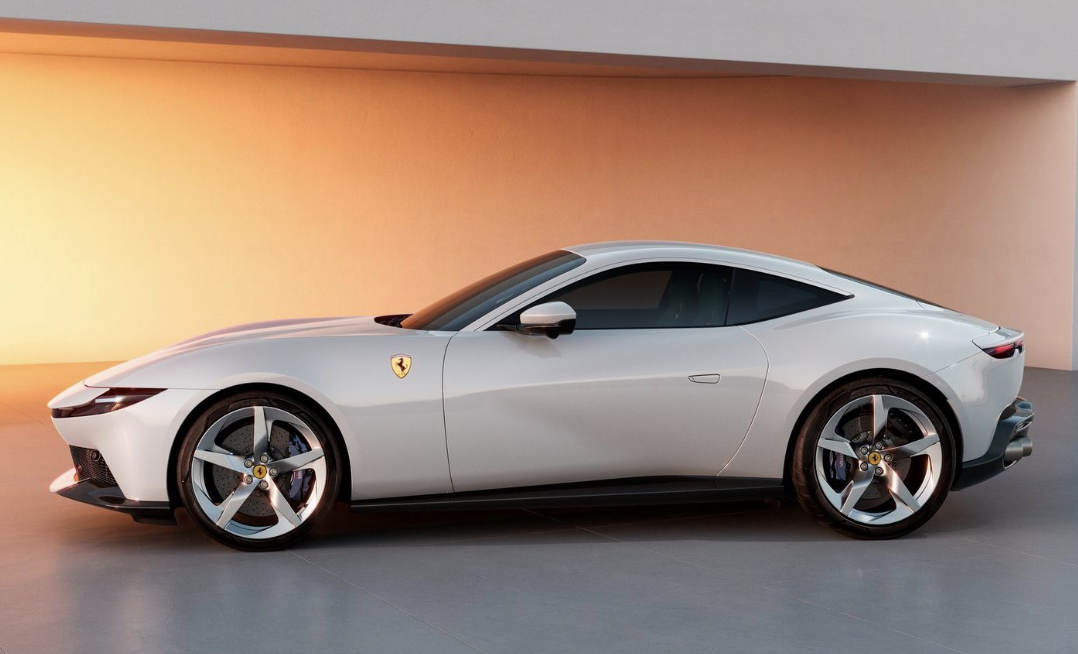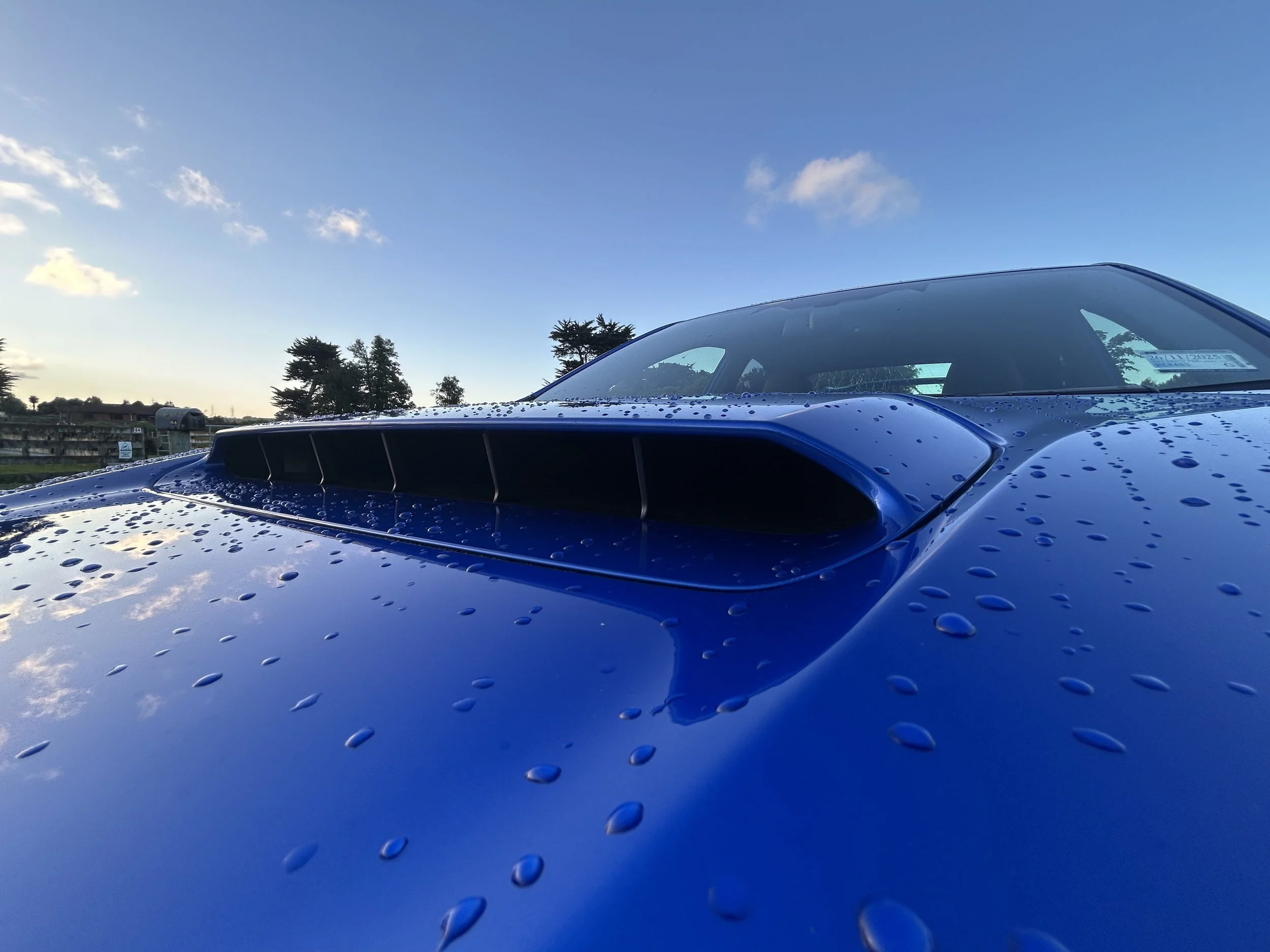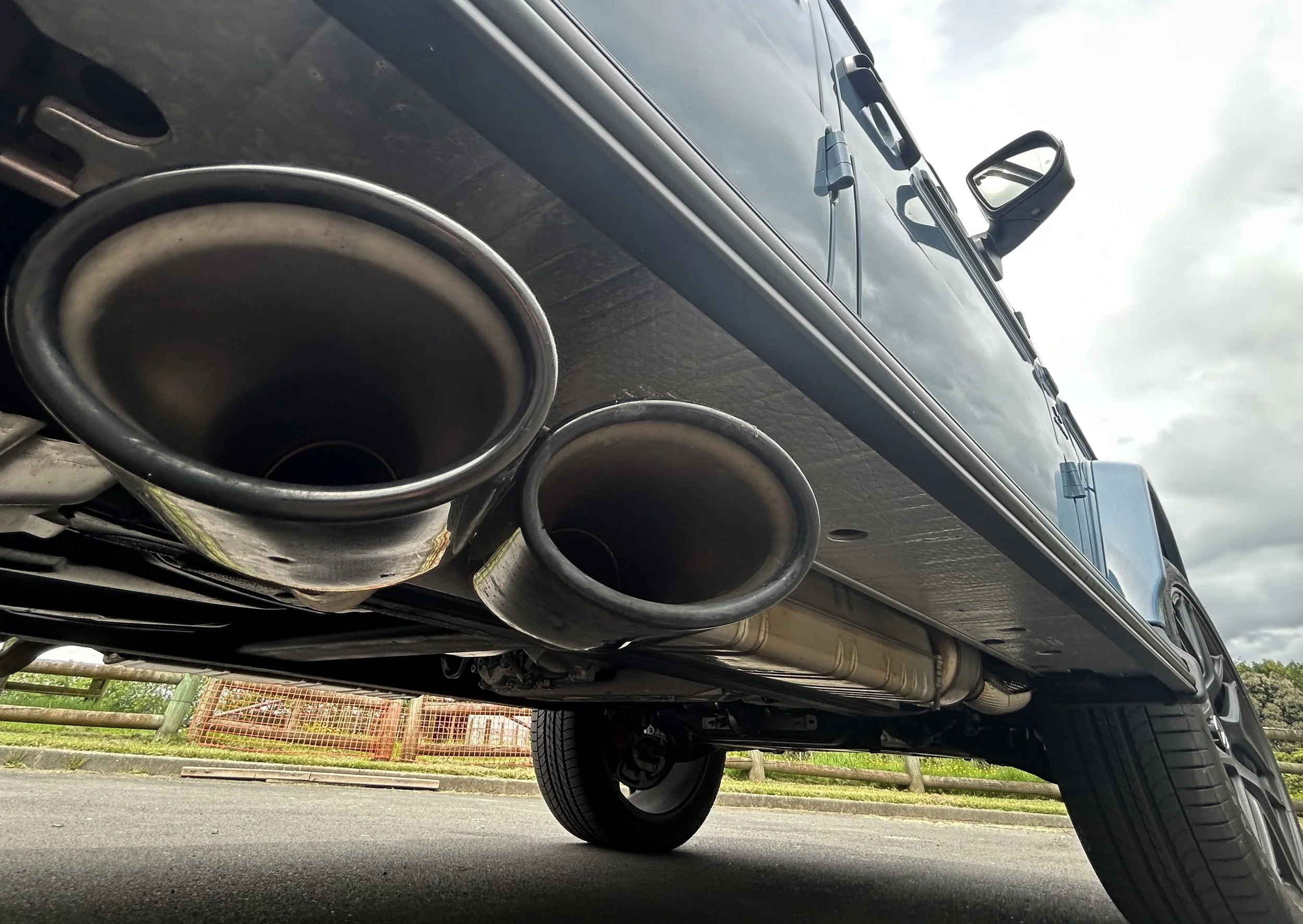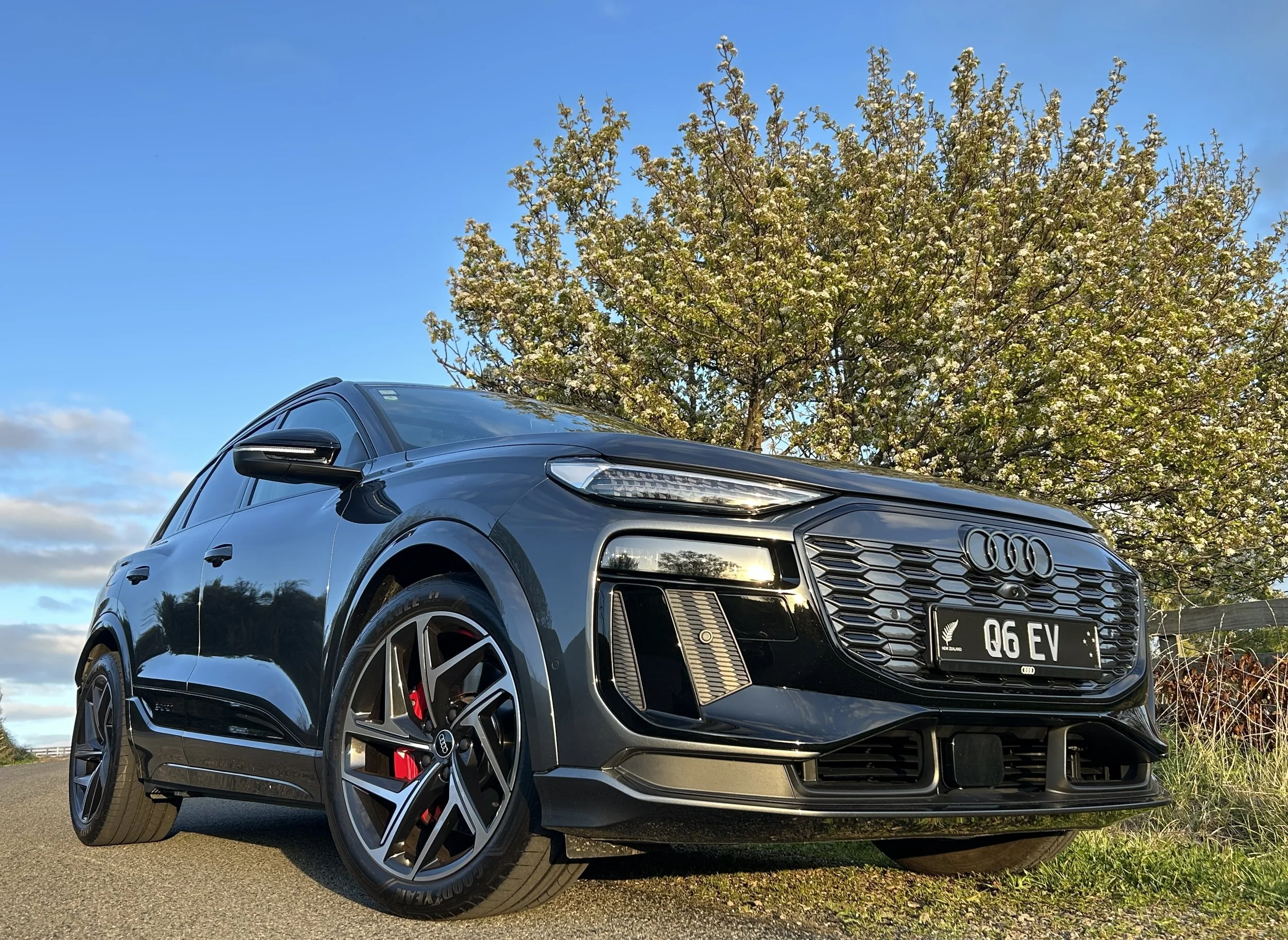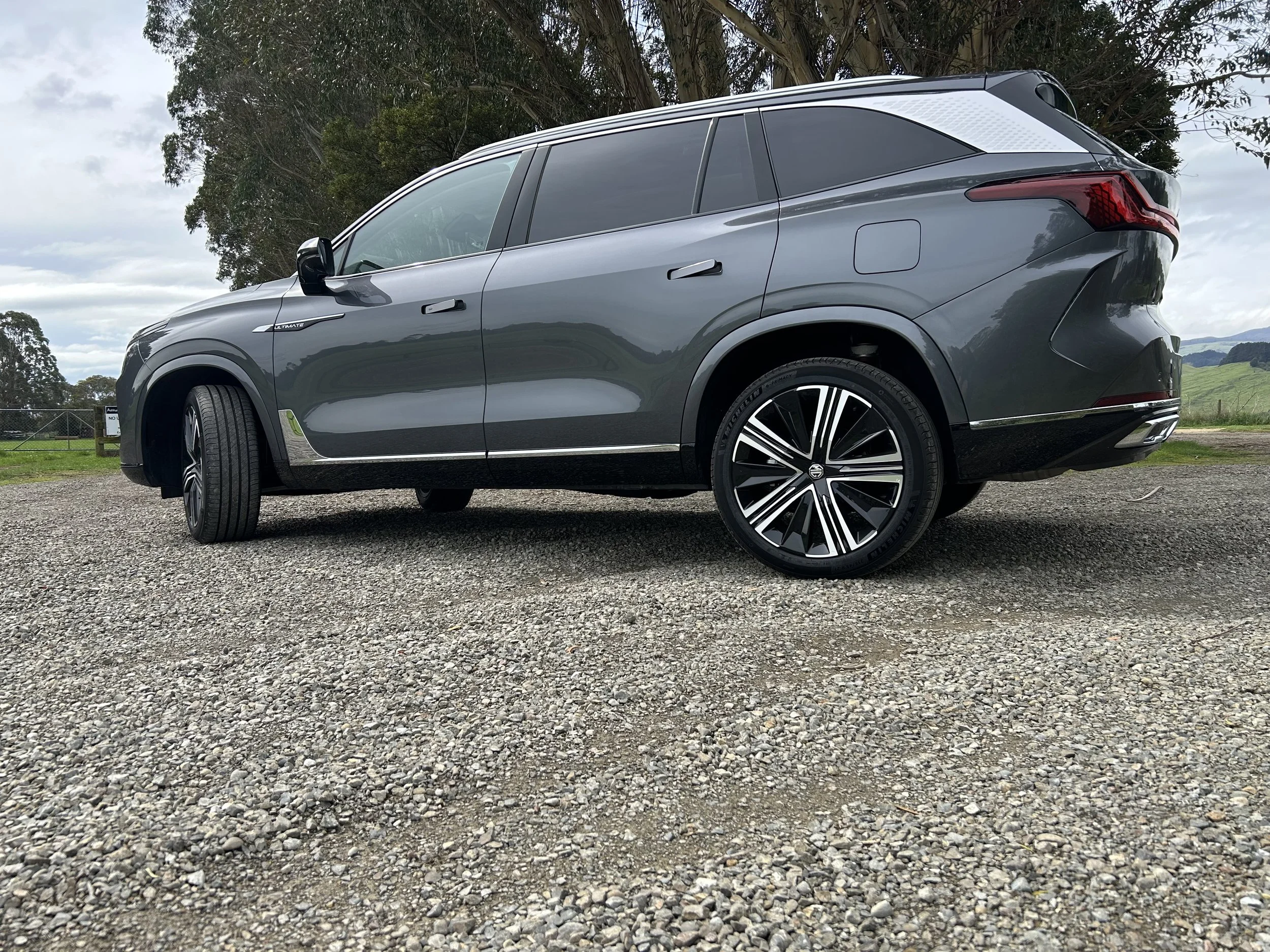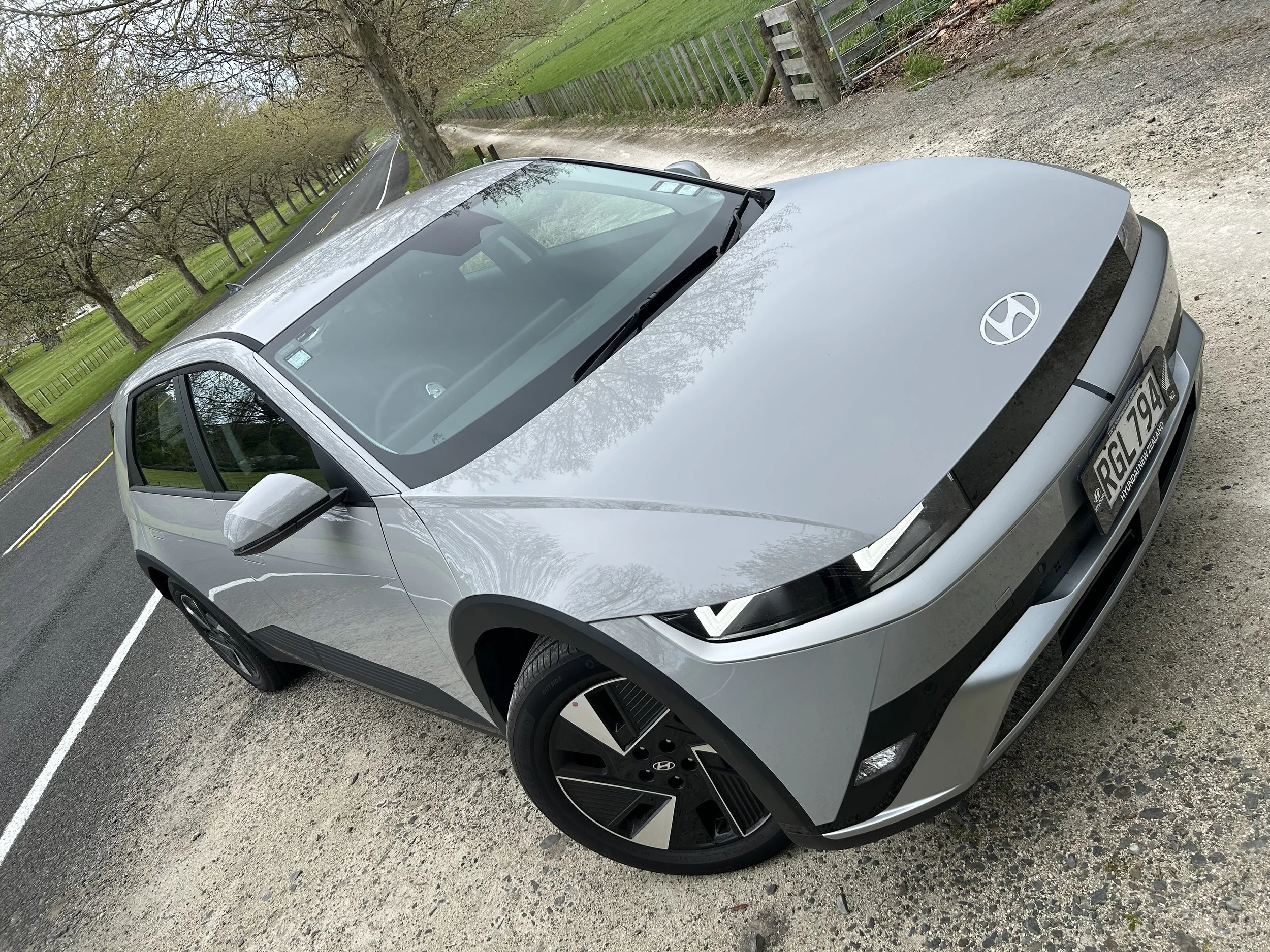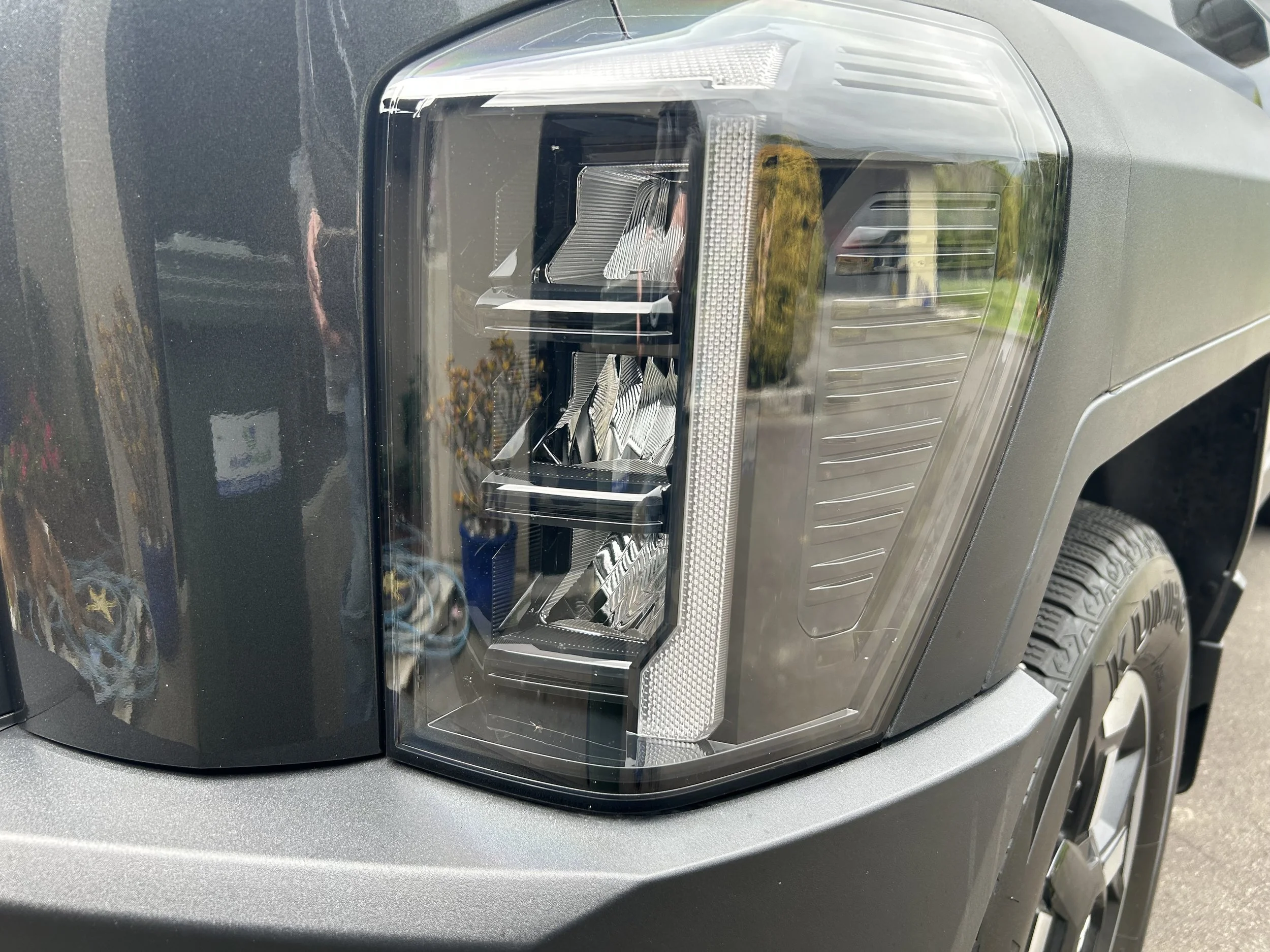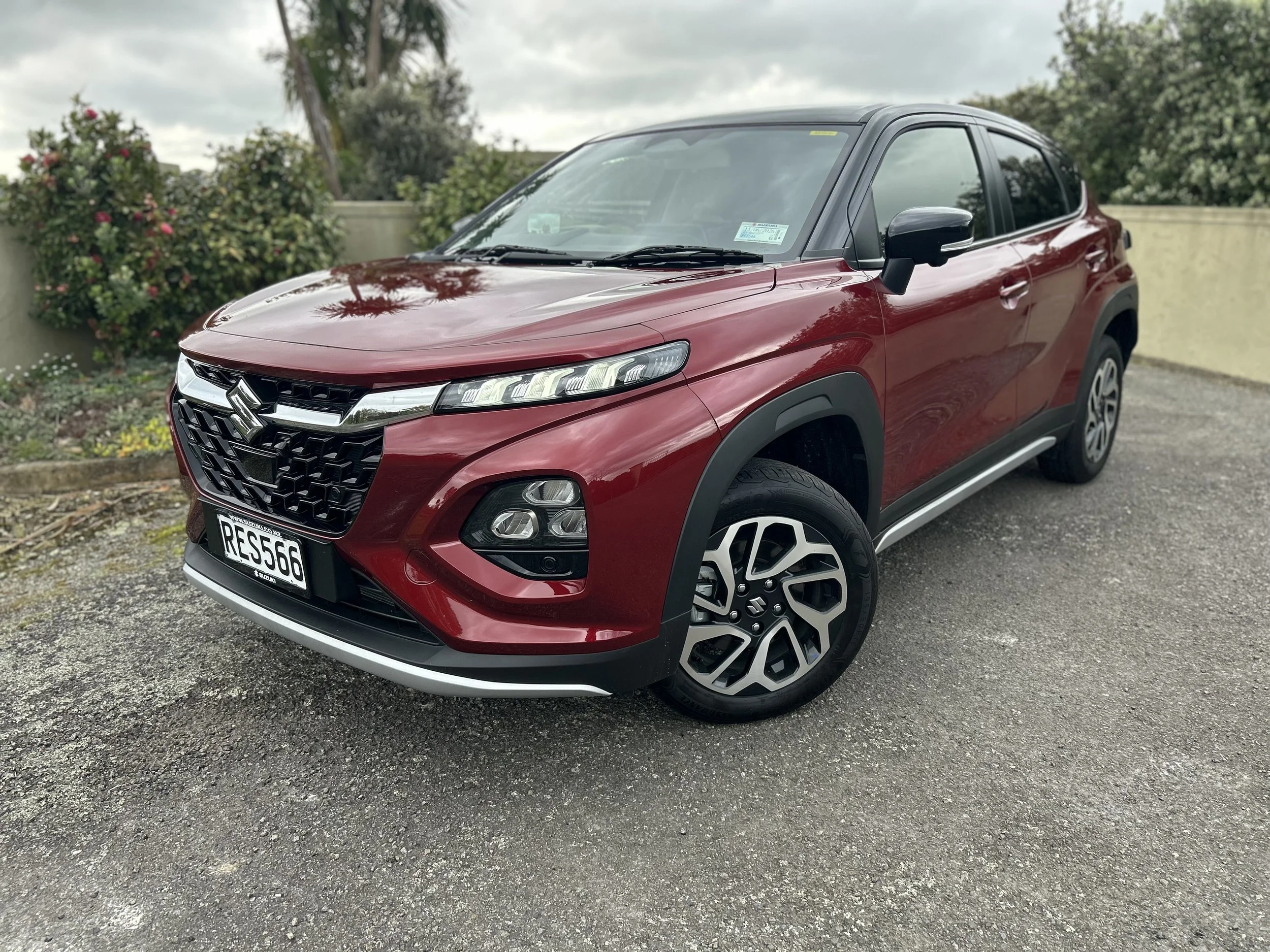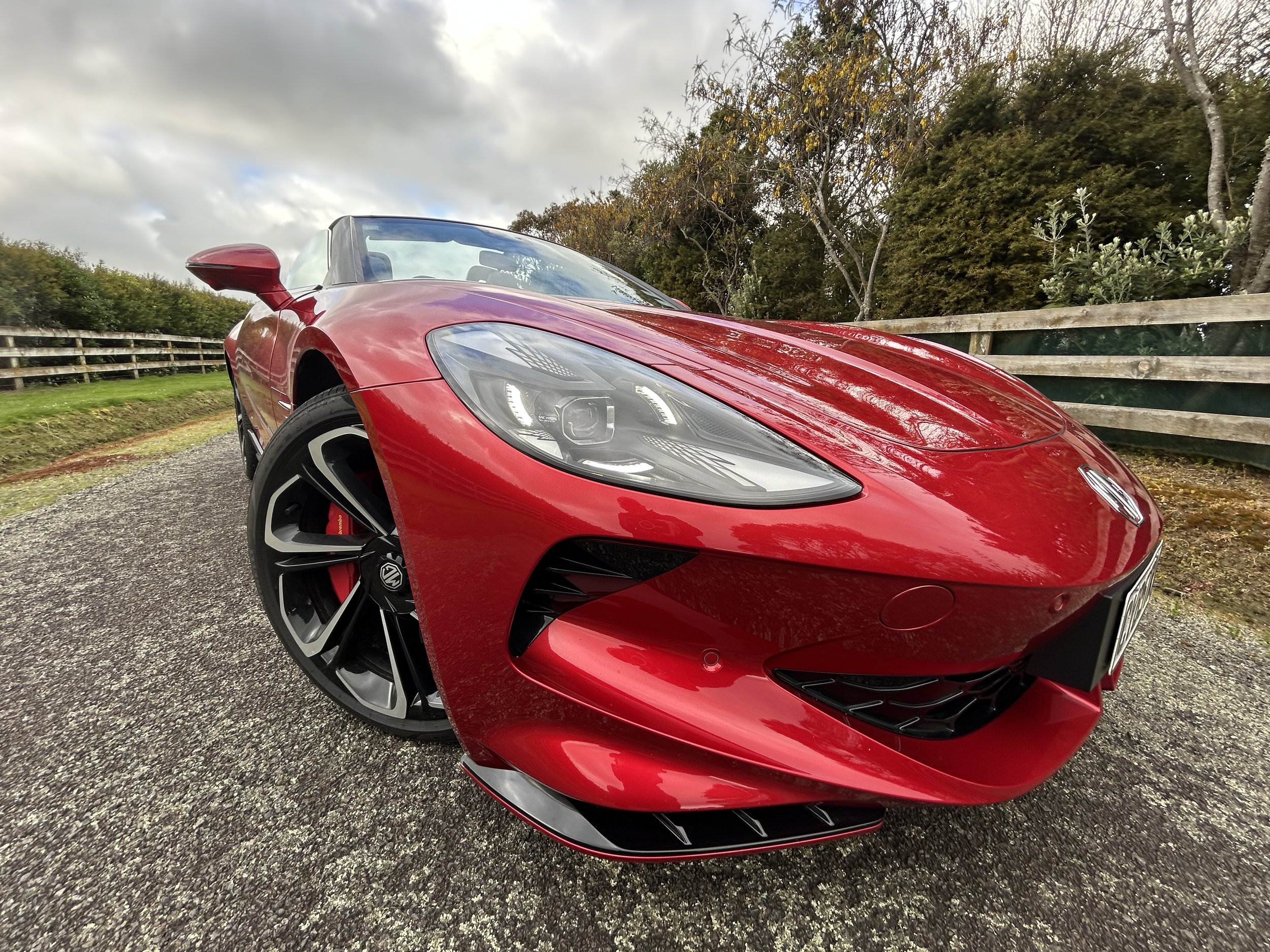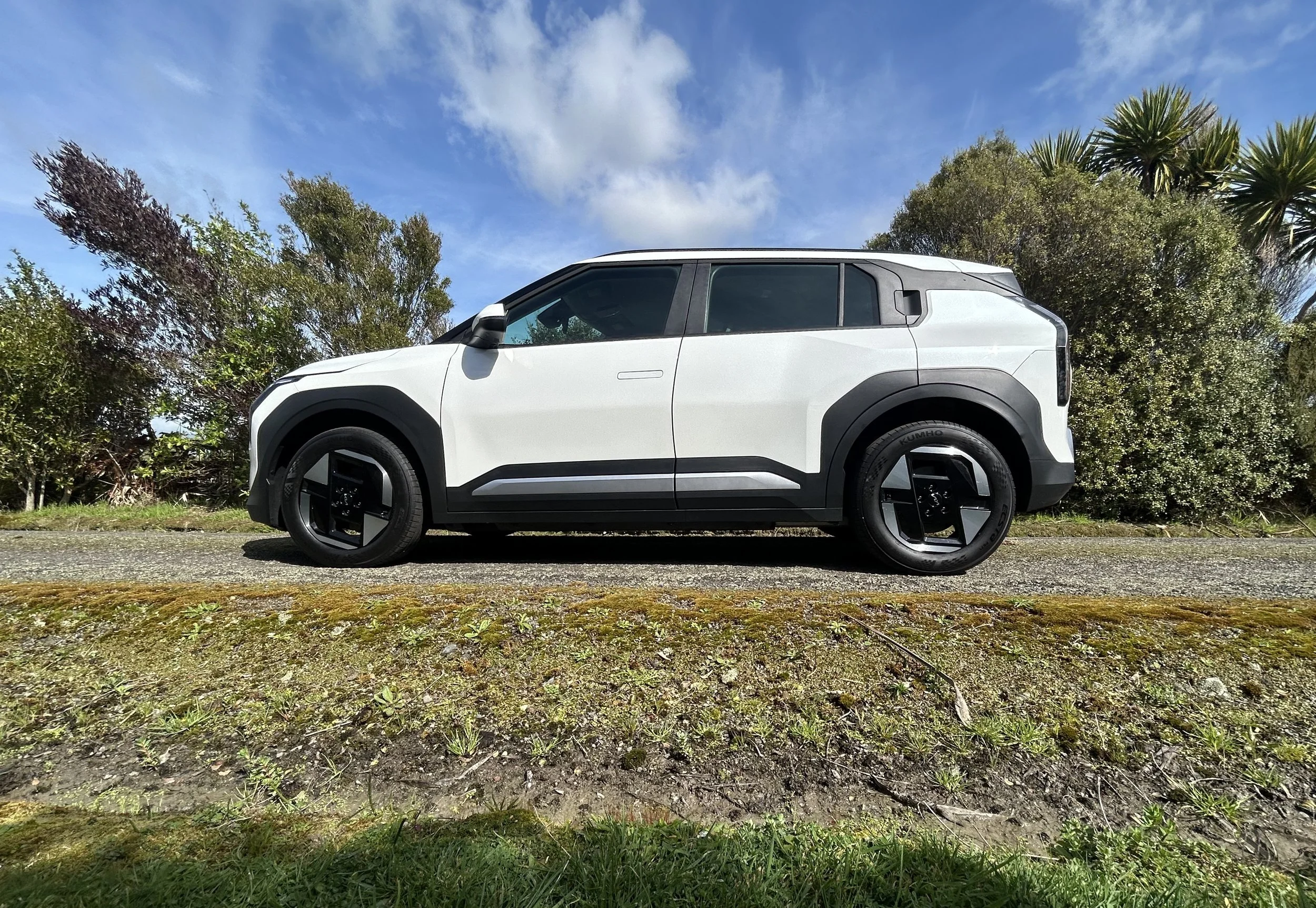Ferrari’s new entry choice unveiled
/In Maranello-speak, the Amalfi is the equivalent of a company hack Corolla, but it’s still very flashy.
BUDGET motoring choice has different meaning when it’s a Ferrari - essentially, the new Amalfi is aimed at those who might have just a few million discretionary dollars, but aren’t so well-heeled as to make a ‘world’s wealthiest’ listing.
Designed to over where its predecessor, the Roma left off, it follows the same basic context.
So, another two-door, two-plus-two coupe powered by a flat plane 3.9-litre V8 good for 477kW, 0-100kmh in 3.3 seconds and a top speed of around 320kmh.
No price yet, but the predecessor Roma generally sells new for around $700,000.
That sticker could still be a good rule of thumb, as the Amalfi is still is a Roma, technically-speaking. Albeit with a fresh look, a completely new interior, engine tweaks and a raft of technology upgrades to justify its new name.
Ferrari's eight-speed, dual-clutch gearbox continues with multiple modes of operation, but Amalfi adopts all the latest technology from other Ferraris, including an advanced brake-by-wire system called ABS Evo (which is far more than just an anti-lock-braking feature), the latest Side Slip Control programming, a 6D sensor and even a grip estimation setup using the electric power steering and other data to calculate the “tyre-to-tarmac grip levels”. Apparently, it does this even when the car isn't on the limit and in all driving modes.
A new steering wheel arrives - its said to be an improvement on the Roma’s notoriously haptic-laden type - and Ferrari suggests the dashboard design also delivers a better vibe. Digital instruments are on a crystal-clear 15.6-inch screen, plus there's a new 10.25-inch touchscreen in the middle of the car and an 8.8-inch passenger display.
Rear seats are for luggage most of the time, or children if you really must. Front seats come in three different sizes - the largest potentially risks being nick-named ‘fat cat’ - and between them centre console, milled from a block of anodised aluminium, a material also employed on the door cards to hide the speakers.


